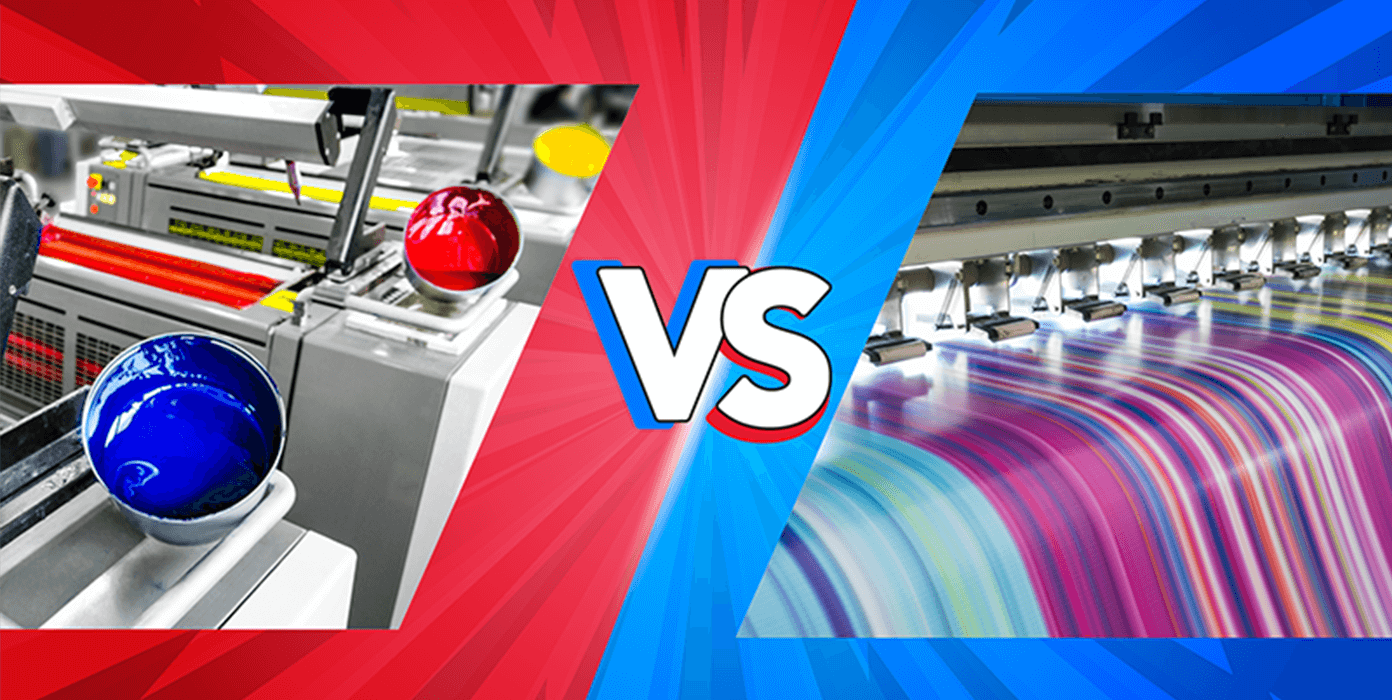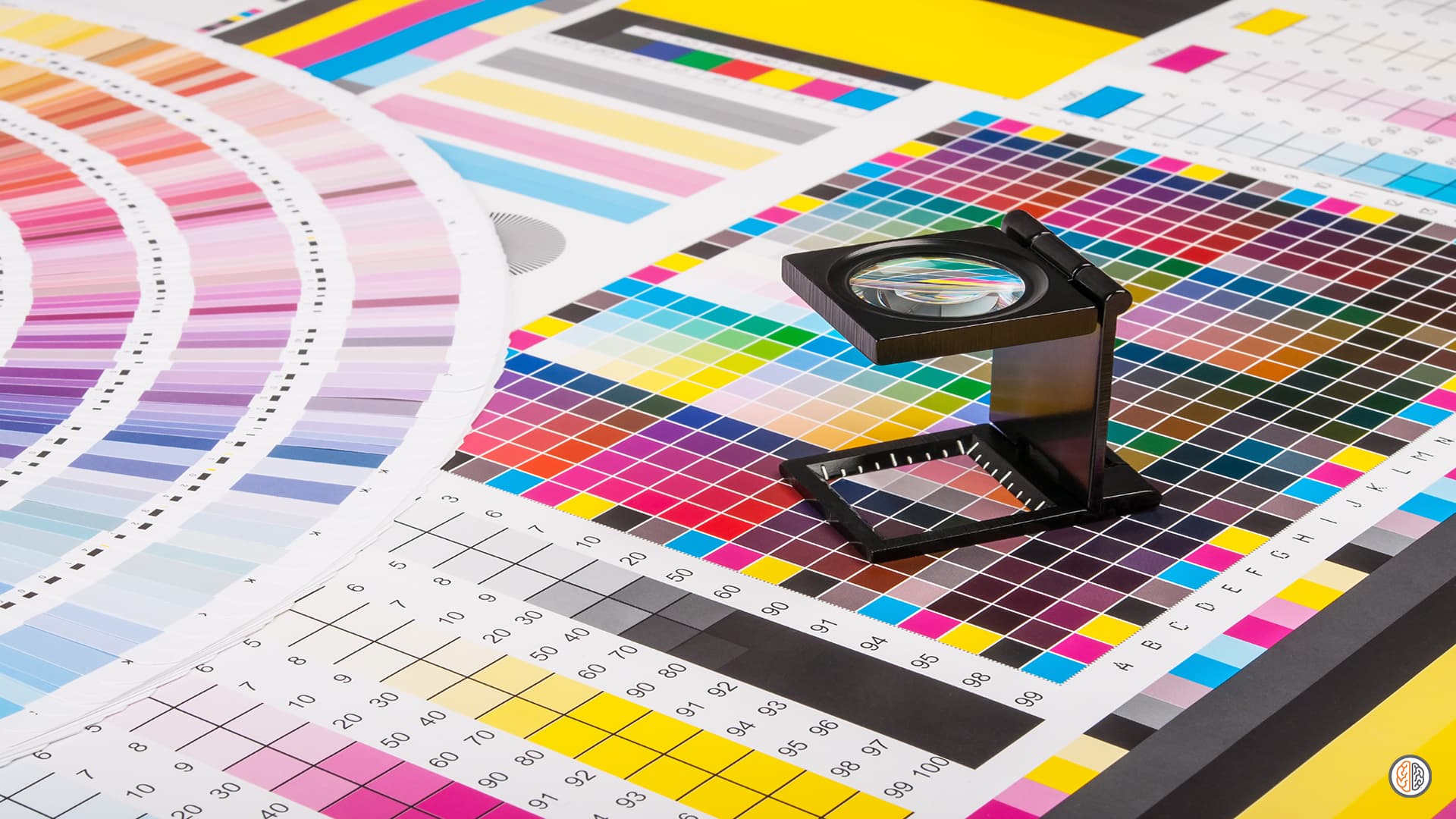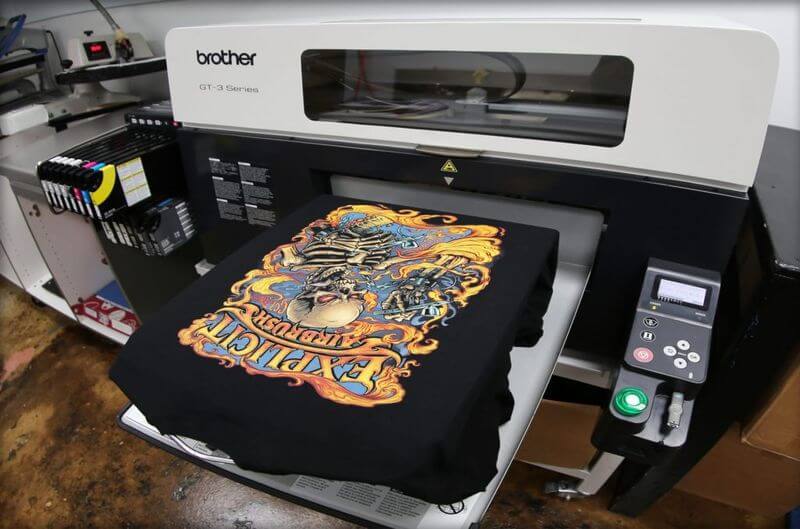About Digital Printing
Indicators on Digital Printing You Need To Know
Table of ContentsWhat Does Digital Printing Do?Digital Printing Fundamentals ExplainedThe 9-Second Trick For Digital PrintingThe Buzz on Digital PrintingDigital Printing Can Be Fun For Anyone5 Simple Techniques For Digital PrintingThe 15-Second Trick For Digital PrintingThe Only Guide to Digital Printing
Modification also allows businesses to stand apart in a jampacked market by creating unique marketing materials that distinguish them from their rivals. One of the main advantages of electronic printing is the ability to publish variable data. Each published piece can be unique, allowing companies to develop personalized marketing materials that speak directly to their target market.Digital printing likewise enables personalization in the style of advertising and marketing materials. With digital printing, services can develop designs that are special and customized to their particular requirements. This can include tailored graphics, fonts, and designs that can help to distinguish them from their competitors. Another benefit of electronic printing is the ability to print as needed.
All about Digital Printing
This advantages organizations that want to examine different advertising strategies or launch brand-new items and solutions. By printing smaller sized quantities of marketing materials, companies can reduce waste and avoid the need for excess stock. Digital printing is likewise flexible. It can print on various products, consisting of paper, cardstock, plastic, and metal.
By utilizing different products and formats, businesses can create unique marketing materials that attract attention from their rivals and attract interest from their target audience. Digital printing also uses consistency. With conventional printing approaches, there is typically variation in between prints as a result of differences in ink insurance coverage, pressure, and other elements.
This consistency can help develop client depend on and credibility, showing that the company is dedicated to supplying high-grade products. Uniformity is especially essential for companies that desire to construct client trust and reputation. By guaranteeing that every print is consistent, companies can show that they are dedicated to offering premium materials and focusing on the information.
Digital Printing Fundamentals Explained

On top of that, digital printing produces much less waste because it can print as needed and in smaller quantities, decreasing the demand for excess supply and materials. Digital printing likewise utilizes much less power compared to conventional printing methods. Digital printers do not need as much power to run, as they do not require to warm up as a lot or make use of as much power to run.
Digital Printing Things To Know Before You Buy

Balanced out printing requires a plate for each and every color printed. Standard offset printing is a print method that makes use of aluminum plates to move ink onto a rubber sheet (frequently described as a "blanket"). The image is then rolled onto the printing surface area. This printing technique is taken into consideration "offset" due to the fact that the ink is not transferred to the paper straight.
Getting My Digital Printing To Work
Although the devices's set up prices are high initially, added units become relatively much less expensive as the amount increases. Countered printing permits for a wide array of print materials to be made use of during production. It enables the printer to utilize different paper types, custom-made coatings, and various inks. The top quality images created through balanced out printing make it the favored method, particularly amongst graphic designers, when looking for the best shade reproduction, detail, and professional-looking prints.
The fundamental printing approach continues to be offset. For electronic inkjet printing, ink is transferred directly onto the surface. Instead than our website depending on light weight aluminum plates and rubber coverings to move a picture, electronic printing makes use of liquid ink during production. Conventional home inkjet printers are among one of the most usual digital printing methods.
The Basic Principles Of Digital Printing
Better color fidelity refers to both the accuracy of the colors and their balance in the design. Since offset printing can mix custom-made shade inks for each work, it will normally get the colors spot-on. Functions just as well on almost any kind of type of material. Reputable, premium photo quality. Count on offset printing for go to the website tidy, unique types and images without touches or areas.
It sets you back a lot to start an offset job. You need to invest money into producing the plates, which takes time. When you've spent it, all of the materials are ready to go, and you'll spend less on large offset tasks than a digital print, which is about the same per item no issue how big the work obtains.
Digital printing is much less expensive for low-volume jobs. The rate per unit goes down for electronic printing, so at some factor, they crisscross. Transforming information within a solitary print work.
What Does Digital Printing Mean?
While electronic printing or inkjet printing is the preferred selection in the present times, there are compelling factors to transform from offset to electronic printing systems. When publishing offset or digitally, essential decisions and procedures are included in shade matching.
Whichever the situation, the color will certainly need to be matched. Shade matching of digital printer ink is no longer challenging with dyes and pigments. Industrial inkjet printing uses adaptability for printing on various substratums. Digital printing is suitable for clients who do not call for longer runs and warehousing materials.

One advantage of digital printing is picking from a vast array of electronic substratums. With offset printing, substratums make up, generally, 30% of the expense of the job. With electronic printing, the price of the substrate in the total task is minuscule. This allows for even more choices than in the past, and that's good for marketing experts and organizations.
What Does Digital Printing Do?
drop-on-demand is the second printing innovation to take into consideration. Constant inkjet systems call for substantial upkeep, more operator training, and higher article source downtime. However, tools prices in inkjet printing are far lower than balanced out printing as there are no plate-making, plates, and press expenditures. Past the resources expense, the prepress tools and printing machine call for highly proficient drivers in balanced out printing, which includes labor prices.